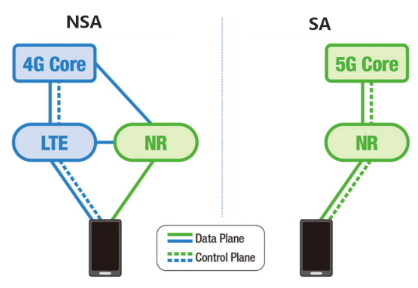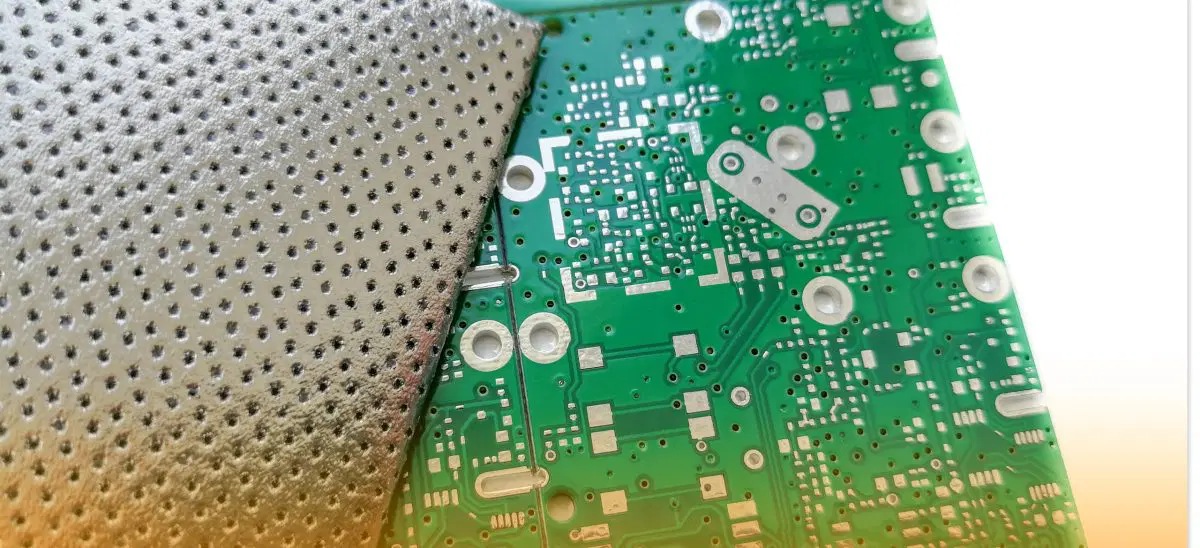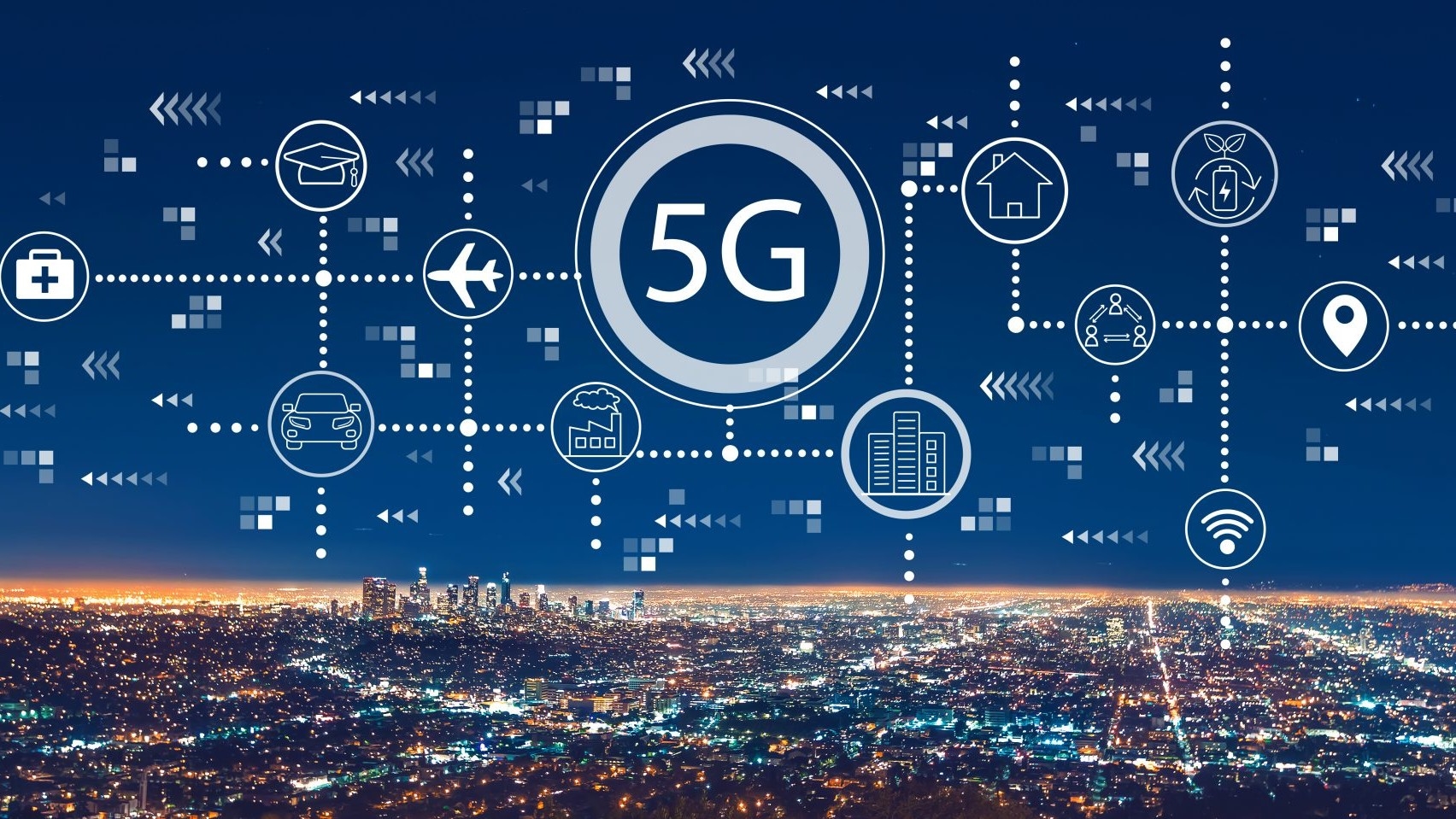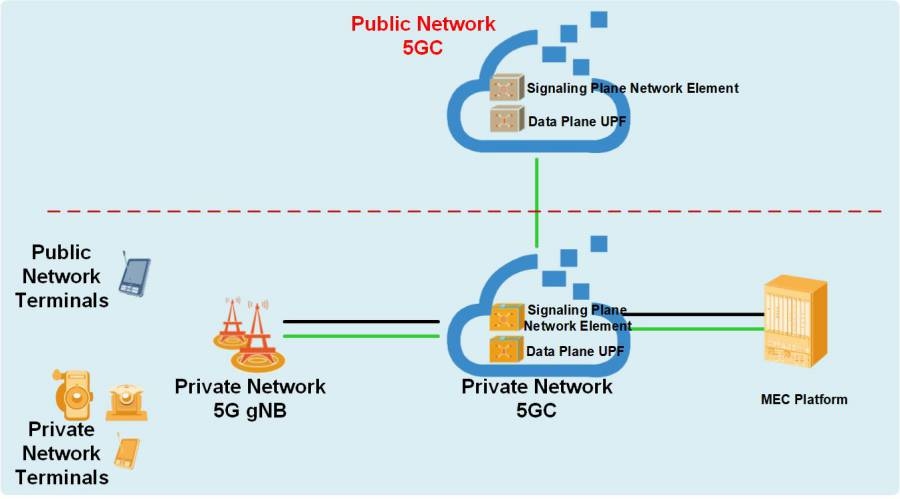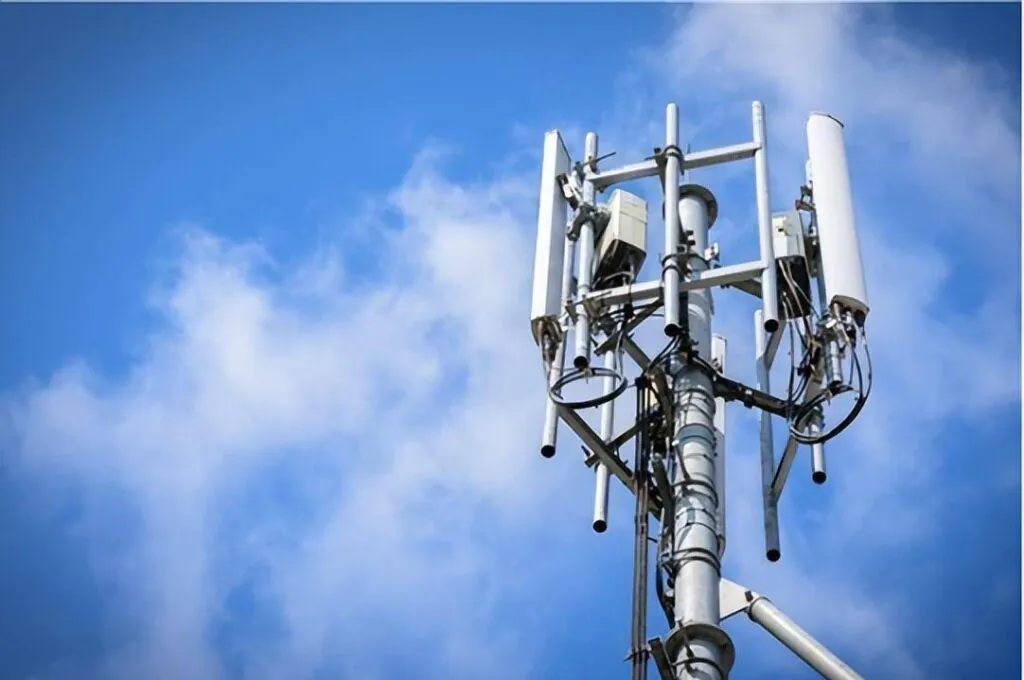
Mobile terminal operating systems refer to the OS used by phones, tablets, and similar devices. With the rise of the mobile internet, time spent on mobile operating systems now often exceeds that spent on desktop systems such as Windows. Which mobile operating systems have been influential over the history of mobile devices? Which systems have been phased out by time? The following summarizes key milestones and classic systems from the past decades.
1973-2000: Early development of mobile operating systems
In 1973, Motorola engineer Martin Cooper invented the first handheld mobile phone, marking the start of mobile communications. Early phones were bulky and offered basic functionality; they lacked general-purpose operating systems and ran only fixed, dedicated programs. By the mid-to-late 1980s, improvements in hardware and software made phones smaller and easier to use. The emergence and popularization of personal computers and network technologies accelerated the digitalization of society, and demand grew for portable computing for mobile professionals. This led vendors to develop compact "handheld computers" for mobile office use.
In 1984, Psion released the Psion Organizer, followed in 1986 by the Organizer II. These devices are considered among the first practical handheld computers, later known as personal digital assistants. In 1992, Apple introduced the Newton MessagePad. At that time, PDAs and phones were distinct product categories: PDAs provided richer applications, while phones provided communications. To support expanded PDA capabilities, vendors began developing specialized PDA operating systems, which can be viewed as the earliest mobile operating systems.
Palm OS
Palm, founded in the United States in 1993, focused on PDA development. After being acquired by U.S. Robotics in 1995, Palm released the first Palm Pilot in April 1996 (Pilot 1000), equipped with 256 KB of memory and a 160×160 monochrome display supporting address book, calendar, memos, and to-do lists. It used Palm OS 1.0, developed by Palm. Palm OS 2.0 arrived in late 1997 with added email and accounting applications. Palm licensed its OS to companies such as IBM, Handspring, and Sony, increasing the system's reach among business users.
BlackBerry OS
Research In Motion (RIM), founded in 1984 in Canada, transitioned into wireless devices in the mid-1990s. RIM released the Pager 900 in 1995, an interactive pager capable of sending and receiving email. In 1998 it produced PDAs with built-in keyboards, and in 1999 launched the first BlackBerry device capable of voice calls, the RIM 6230. RIM developed BlackBerry OS to support contacts, calendar, email, telephony, SMS, fax over IP, and web browsing. BlackBerry devices became noted for their QWERTY keyboards and strong attention to messaging security.
Symbian
Symbian traces back to Psion's EPOC operating system, first released in 1989 for Psion devices. EPOC32 was developed for 32-bit ARM platforms in the mid-1990s. In 1998 Psion Software joined with Nokia, Ericsson, and Motorola to form Symbian Ltd., and EPOC/EPOC32 was renamed Symbian OS. Devices such as the Revo, netBook, and Series 5mx adopted Symbian Release 5 in 1999, and manufacturers including Ericsson and Nokia began shipping Symbian-based phones. Symbian was designed as a real-time, multitasking 32-bit OS with low power and memory footprints, making it well suited for mobile devices. The Series 60 (S60) platform, released in 2001, became the most widely deployed Symbian variant and a defining platform for early smartphones.
Windows CE
Microsoft responded to the mobile trend with Windows CE, first released in 1996 as a compact OS for handheld embedded devices. Windows CE evolved independently from Windows 95 and was later branded Windows Embedded Compact. The OS targeted multiple CPU architectures including x86, PowerPC, ARM, and MIPS. Subsequent Microsoft products for handhelds included Pocket PC, Pocket PC Phone Edition, and Windows Powered Smartphone, which were later consolidated and released as Windows Mobile (for example, Windows Mobile 2003 and Windows Mobile 5.0).
Q2 2000 market share snapshot:
Palm OS: 59.89%
Windows Mobile: 26.56%
Symbian: 1.8%
BlackBerry OS: 1.65%
2000-2007: Symbian's dominance
In the early 2000s, mobile communications and internet access continued to expand and phones became essential consumer devices. Palm OS originated in the PDA era and held dominant PDA market share, but adoption on phones was limited as smartphones and feature phones evolved. Palm OS 5, released in 2002, added ARM support, but Palm's market position declined as PDAs waned.
RIM's BlackBerry 5810, released in March 2002, supported GSM and GPRS and marked the start of BlackBerry's peak era. BlackBerry devices were distinctive for their integrated physical keyboards and secure email capabilities, targeting professional and enterprise users.
Symbian was positioned to unify PDA and phone operating systems and functioned as a consortium representing several European manufacturers. Nokia and Ericsson adopted Symbian early as a primary platform. The Ericsson R380, launched in 2000, shipped with EPOC Release 5.1, and the Nokia 9210 Communicator is often cited as the first Symbian-based smartphone. In 2004 Nokia increased its ownership of Symbian Ltd., gaining control of the company. Symbian continued to evolve with releases such as Symbian OS v8.0 and v9.0 and S60 3rd Edition, driving strong global shipments—Symbian smartphones shipped tens of millions of units annually through the mid-2000s, peaking around 2006–2007.
Microsoft's Windows Mobile also advanced during this period. Windows CE had been refactored into an independent product line and was used as the basis for Pocket PC and smartphone editions. Windows Mobile 2003 and later 5.0 targeted both PDAs and smartphones. Manufacturers using Windows Mobile included Motorola, Sony Ericsson, and manufacturers such as ZTE and Huawei.
By 2006, Symbian was the clear market leader, with Windows Mobile and BlackBerry OS competing for the secondary positions and Palm OS declining. Shortly after this period, a major shift in the mobile OS landscape would emerge and reshape the market.
 ALLPCB
ALLPCB


